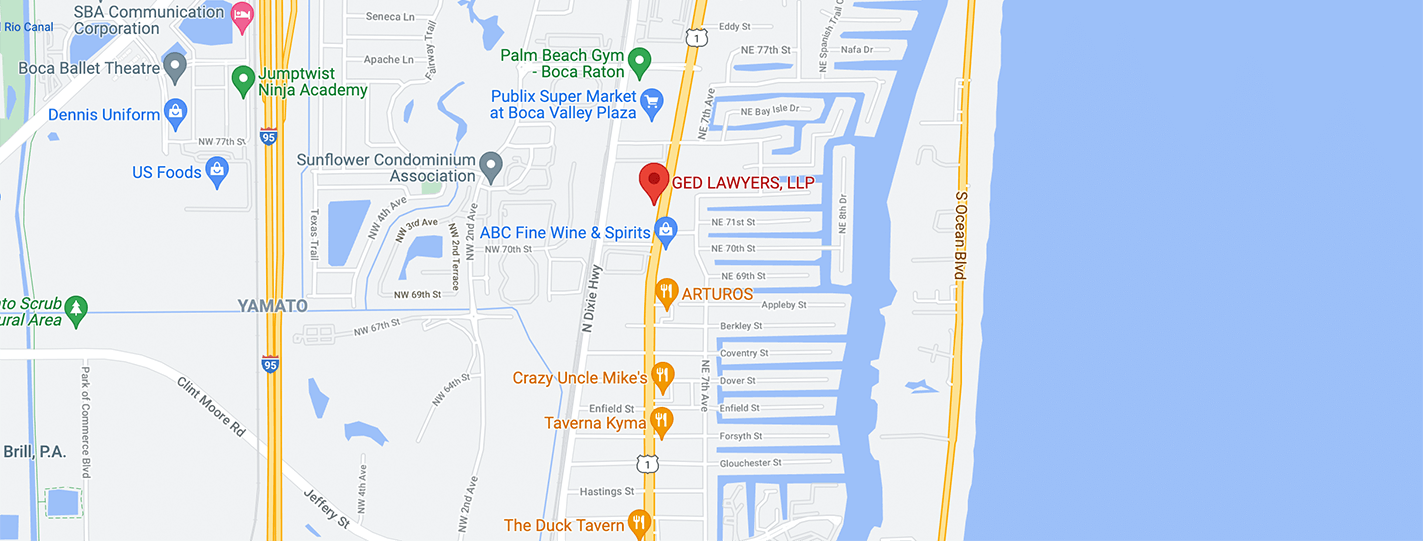
Aqueous film-forming foam (AFFF) is a fire suppressant used to extinguish liquid-based fires. Water alone is insufficient to put out fires that are caused by certain flammable liquids like oil or gasoline. To aid in quelling these types of blazes, firefighters use AFFF because it coats the liquid in a film and cools the fire.
The film is a barrier that blocks oxygen from touching the combustible liquid, preventing reignition. It also has the ability to reseal itself rapidly after a disturbance, which increases its effectiveness.
Aqueous Film Foam Contains Hazardous Chemicals
AFFF is made up of a variety of chemicals. According to the Environmental protection Agency (EPA), its film-forming qualities come from chemicals called per- and poly-fluoroalkyl substances, or PFAS. Manufacturers have used these man-made chemicals to create industrial and consumer products since the 1940s, with the Navy developing AFFF in the 1960s.
The most commonly used PFAS are Perfluorooctane sulfonate (PFOS) and Perfluorooctanoic acid (PFOA). PFOS is an intentional ingredient of AFFF, while PFOA is an unintended by-product formed during the creation of the fire-fighting foam.
PFAS have raised significant health concerns over the years. These toxic substances do not readily break down in the environment or in the body, making them a danger to wildlife, waterways, and people. Often called “forever chemicals,” PFAS can build up in the body and environment, leading to health complications.
we are here for our clients and their legal needs, with proficiency in a broad range of fields. GET A FREE CONSULTATION
Health Conditions Associated with AFFF and PFAS Exposure
According to the EPA, PFAS are linked to the following health conditions:
- Reproductive issues
- Developmental conditions such as low birth weight, behavioral changes, and bone variations
- Increased risk of cancer
- Suppressed immune response
- Increased cholesterol and obesity
- Imbalance in natural hormones
- Ulcerative colitis
- Thyroid disease
- Reduced semen quality
The risks of cancer are among the most significant concerns for obvious reasons. The International Agency for Research on Cancer (IARC) has classified perfluorooctanoic acid (PFOA) as a possible carcinogen. To further understand the carcinogenic effects of PFAS on the human body at different levels of exposure, the Division of Cancer and Epidemiology and Genetics (DCEG) is continuing to launch a series of studies on these toxic chemicals.
Types of Cancer Linked to PFAS
Cancers that are associated with exposure to PFAS include:
- Thyroid cancer
- Bladder cancer
- Kidney cancer
- Prostate cancer
- Testicular cancer
- Breast cancers
- Digestive cancers
- Non-Hodgkin lymphoma
Where Is Aqueous Film-Forming Foam Used?
Per the EPA, most people in the United States have been exposed to PFAS and contain these chemicals in their blood at reportedly low amounts.
Those who are exposed to PFAS in higher concentrations or for longer periods of time are at greater risk of adverse health effects. This includes firefighters who routinely use aqueous film-forming foam and wear equipment created with these toxic chemicals, according to the Journal of Occupational and Environmental Medicine. Military personnel and civilians living on or near military bases are also exposed to greater concentrations of PFAS.
AFFF is used in the following types of operations:
- Fire departments/fire fighting activities
- Shipboard and shore facility fire suppressions systems
- Fire training facilities
- Highway emergency response services
- Military facilities
- Chemical plants
- Flammable liquid storage and processing facilities
- Offshore platforms and oil tankers
- Oil refineries
- Aviation operations
Other Exposure to PFAS
Aside from AFFF, people are exposed to PFAS through:
- Drinking water
- Soil and groundwater
- Food (such as fish and dairy products)
- Food packaging
- Household products
- Dust
- Personal hygiene products
- Manufacturing and chemical production facilities
AFFF Contaminates Water Sources
AFFF is the most common source of PFAS contaminating drinking water in the U.S. Putting fires out, testing out fire systems, and fire training are among the most frequent ways AFFF enters the water. PFAS dissolves easily in water, causing quick contamination of water sources.
with compassionate advice and professional assistance. CALL US TODAY
States Restricting Aqueous Film-forming Foam and PFAS
Many states are taking steps to limit the use of AFFF and PFAS. Some have banned aqueous film-forming foam in certain operations, such as firefighter training. Some have even taken legal action. For example, Florida has filed lawsuits against manufacturers of firefighting foam in light of the environmental health risks, including multiple contaminated sites all over the state. Individuals and families are also standing up to AFFF and PFAS manufacturers, filing lawsuits for varied health complications after exposure.
We look forward to hearing from you and helping you with your legal needs. CALL FOR A FREE EVALUATION
Contact Ged Lawyers to Find Out if You Qualify to File an Aqueous Film-forming Foam Lawsuit
If you believe that you or a loved one is suffering from health conditions caused by aqueous film-forming foam exposure or PFA contamination, you may be entitled to compensation. The money you collect could aid you in obtaining medical treatment or paying for existing health care costs. Find out if you are qualified to file an aqueous film-forming foam lawsuit by calling Ged Lawyers for a free consultation today. Our companionate and hardworking Boca Raton product liability lawyers can build your case at no upfront costs to you.
